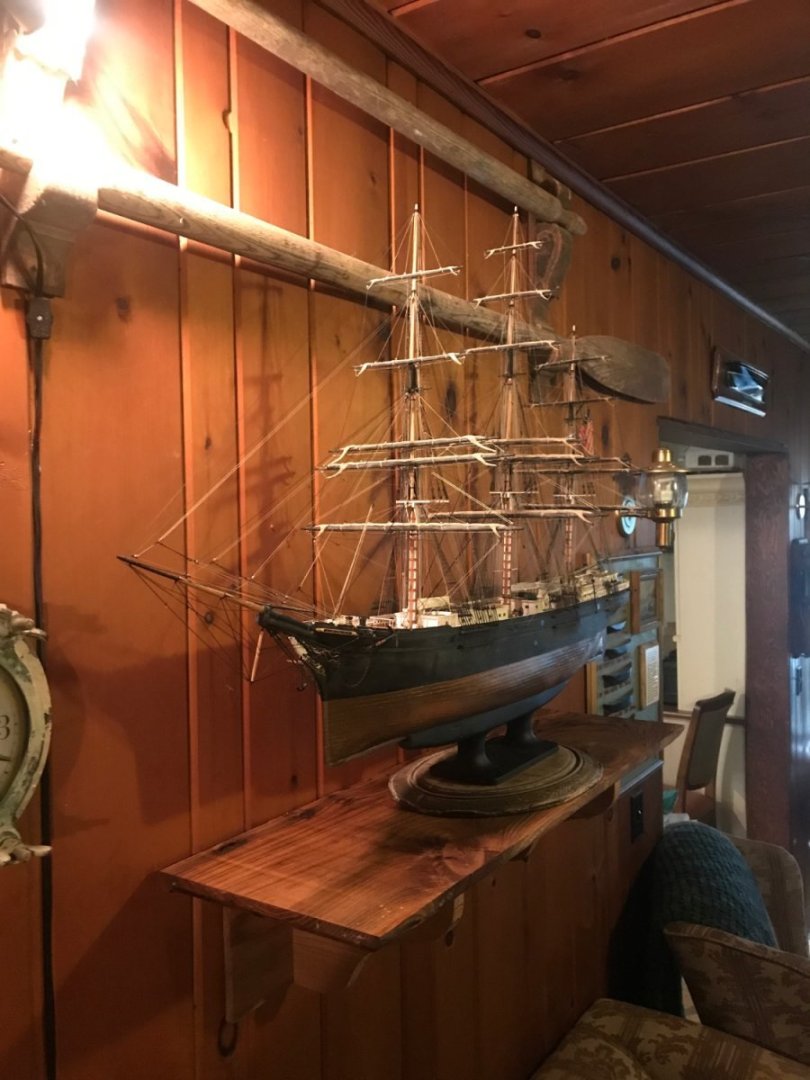-
Posts
2,167 -
Joined
-
Last visited
Content Type
Profiles
Forums
Gallery
Events
Everything posted by ClipperFan
-
Rob, It's like Carl Evers could have used your replica as a model reference for his exciting artwork!
- 3,560 replies
-
- clipper
- hull model
-
(and 2 more)
Tagged with:
-
@Jared Vladimir & @rwiederrichboth give detailed descriptions of their metal work for connecting yards to masts in their Glory of the Seas builds. Vlad's 1:72nd scale build even articulates left, right and even diagonally just like on the actual ship. I'm sure either one would be happy to discuss their techniques with you.
- 431 replies
-
- Flying Fish
- Model Shipways
-
(and 2 more)
Tagged with:
-
Vlad, I will enjoy following your L'Égyptienne build immensely. No implied pressure to work on her. As a fellow creative (only with art and words, not yet getting back into modeling, yet never say never on that) I can relate as to how life can give you unexpected detours. I expect you won't mind but I shared your completed McKay clipper Glory of the Seas model pics on your Glory build for everyone to see. I'm already even more impressed with your authentic scratch-building skills on your current project. Finally, by now you should have received all 68 pics from my fascinating, all too short visit to Hyland Granby Antiques to see (and actually touch) "The Lady" the largest surviving relic of McKay's lost last clipper.
-
For those like myself who really appreciate large images of the models themselves, here are edited versions of Vlad's pictures, which bring the ship just a little closer to viewers. To give you an idea how large these miniatures are, by my estimate, Vlad's 1:72nd scale ship is 4 feet, 7 inches while Rob Wiederrich's 1:96th scale vessel is 3 feet, 5 inches. While each is an exacting replica of Donald McKay's magnificent final, longest lived Medium Clipper (she was afloat from 1869 until 1923, an astounding 54 year career) they are vastly different versions of the same vessel. That's because Vlad's model is of her as originally launched in 1869 while Rob chose to recreate her appearance a mere 8 years later in 1877. Attentive viewers will notice a missing Bowsprit Spreader, less Backstays, no Boy's Cabin, nor Catwalk to it nor an extended, fully enclosed Rear Wheelhouse. All of those innovative additions were later add-ons which I personally suspect McKay himself would have approved of. Here, at long-last in Glory of the Seas we actually have an opportunity to see an evolution of a ship which was a sole living environment for captains and crew for months or even years at a time. It's an intriguing opportunity to study these developments in great detail now that these two versions of the same ship have been completed. I encourage everyone to have a detailed look at both modeler's build logs to see each of their inventive approaches to constructing the same ship.
-
Here finally are some glorious beauty shots of @Vladimir_Wairoa finished model. And to think, he was originally thinking of only building her hull! To fully appreciate his painstaking attention to detail, consider these amazing specifics. Every line is seized just like on a real vessel, solid tops are constructed in exacting detail, crosstrees with metal spreaders are beautifully replicated and all 3 upper topsail yards are fully articulated, being able to move left, right and even diagonally! That's due to the fact that Vlad ingeniously constructed miniature brass Howes Rigs replicating those on the real ship. Throughout his rigging process, Harold Underhill's "Masting and Rigging the Clipper Ship and Ocean Carrier" has been Vlad's judiciously followed Bible.
-
@Vladimir_Wairoa Hi! It's Rich @ClipperFan my apologies for the long absence. Life has been a frustrating series of challenging detours. I agree whole heartedly with Rob's @rwiederrich observation about your impressive woodworking craftsmanship on your current L'Egyptienne project. I have exciting news and need you to message me your email address. May 31st I finally visited Hyland Granby Antiques, Hyannis Port, Cape Cod, MA. There, my wife and I were invited to see and photo the Athene figurehead from Glory of the Seas. I have 68 photos to share with you. Originally, I wanted to post them but haven't been able to get permission from the owner to do that. I sent them by email to Rob and Michael Mjelde and feel you deserve to get them too. Meanwhile, if you have any more images of your finished model, I'd really like to include them in the second NRJ article which I'm determined to finish and submit soon.
-
John, It's truly disturbing to read about your health challenges. I can seriously sympathize, experiencing somewhat similar setbacks myself. Years ago, I used to shovel snow all day long, even helping out my neighbors. That changed recently. Due to an old back injury in the 80s I now have a weak back. Strength is still there but I can no longer shovel since it results in severe back pain so restrictive that initially I can't stand up straight. Challenges of old mistakes.... As for taking on simpler projects to fine hone your skills, I agree completely with other far more skilled modelers on these forums. Finishing the Golden Hind sounds like a worthwile objective as does the modified Phantom build. Not only will you please The Admiral who will approve of your completing those works, it will doubtless improve your self-confidence too. Whatever direction you choose, I'm sure you'll find plenty of support from your friends who all wish you well. On a side note, some symptoms you briefly mention are sometimes associated with Lime Disease. It's a tricky malady to diagnose but I've talked to more than one person who've tested positive and have described losing ability to walk as a result. Once proper meds have done their job, they report full recoveries.
- 34 replies
-
- Flying Fish
- Model Shipways
-
(and 1 more)
Tagged with:
-
@Vladimir_Wairoa You may have noticed my participation in your build has been somewhat absent of late. I will explain. But before that, I want to say Vlad, you have done a jaw dropping, exacting recreation of Donald McKay's last, magnificent clipper ship Glory of the Seas as she was originally launched! I think perhaps in the annals of ship modeling, this is a first, where two distinct and vastly different versions of the same vessel have been historically, meticulously recreated in precise, exacting details. More than anything, this also emphasizes the living, breathing nature of these massive vessels which were continuously modified by each ship's captain as they adjusted her appearance to suit their own particular preferences. For months, possibly years at a time, these lovely ships were home to everyone on board. Comparing and contrasting these two replicas will demonstrate how dramatically different Glory of the Seas' appearance became over a relatively few short years. I now have a clear direction on how to complete the long delayed second Nautical Research Journal article. Actually, credit our great friend and mentor, the inimitable author Michael Mjelde who suggested emphasizing the dramatic alterations of McKay's longest lived vessel as a fascinating focal point. As promised, I'll now explain my lack of participation. Ironically, if it hadn't been for the myriad set-backs my family's experienced over the past two years, the article would have been finished with nary a mention of Vladimir's version! It's almost felt like my efforts to complete it were somehow being intentionally delayed by forces beyond my control. A few years ago, purely by accident my son sat on my laptop which I foolishly left on the front seat of the car, when I picked him up from work. Initially, it seemed like I dodged a bullet, as everything worked fine. Spring of 2022, it slowly stopped charging and then worse yet it suddenly would shut off. Since everything I had from work and personal was on this sole laptop, I bought what originally appeared to be a newer laptop and paid good money to a local computer guru to move all files to this supposedly newer, more advanced version. After he was done, he informed me that he had to shoehorn everything in, since the computer I bought was actually older with about half the storage capacity! I tried to avert more problems by buying online storage. At first it worked and I thought the issue was resolved. Until a few months later problems getting on line developed. Finally, I broke down and bought a brand new laptop with tons of storage. So now I was able to go back to finishing the article. Then on November 1st, 2022 our son was rear ended in our 05 Camry and it was a total loss. So now, I'm focused on trying to find a replacement as our sole remaining car was a 99 Camry. Very reliable but a stick shift. AKA a Millenial anti-theft device. Meanwhile my wife was ill with a seasonal virus, not Covid-19 but still trying and it eventually went through our whole family. No sooner had we recovered from that, than on December 23rd, in an icy, violently windy cold snap, a stately 100' tall 3' diameter wide Eastern Pine tree cracked about 10' above the ground. Resulting fall blew a transformer. Our home with six others lost power. Fortunately we rented a local hotel room before they were all taken. Power was restored around 5:00pm Christmas Day. But while we had lights, there was no heat. Eventually heat was restored but not before the home was flooded in our kitchen, with water in our son's bedroom and water leaking into the garage. So now another distraction was added to that of finding a replacement car. Oh yeah, the same day we were able to return home, our entire family tested positive for Covid-19 too! More healthy delays. So, while searching for a newer car, I stumbled onto an ultra rare '97 30th Anniversary Cougar with relatively low miles. We had owned one years before and our family loved her. March 20th, 2023 this car was registered. My family thought finally something's gone right. Then July 1st an irresopnsible jackass in an Accord did an illegal right lane pass, violated a right turn lane, ran a red light and traveling near 70mph went out of his way to hit and total our car! We owned that car for exactly 101 days... A day after the accident, which thankfully neither my son nor I were hurt in, the clutch on our remaining 99 Toyota failed. So I caught a taxi to get a rental car. Now we finally have a decent 2013 Avalon and life is sort of returning to normal. I can finally focus on getting the article done. Which I will definitely do, giving full equal coverage to both builds..
-
@Luis Felipe Where you lead, I will follow. I recently acquired a book on the vessels of William Webb. In it I discovered that Howard I Chappelle used the description of the extreme clipper Challenge taken from Lars Bruzelius' website to reconstruct her appearance. In a similar way we can accurately reconstruct Donald McKay's premiere extreme clipper Stag Hound. I've attached a link to Duncan McLean's in-depth article on her build. Building on knowledge acquired while pouring over dozens of detailed contemporary pictures of Glory of the Seas I belive we can arrive at the most accurate miniature of Stag Hound ever produced. Just send me the link to your new post when you have it ready. http://www.bruzelius.info/Nautica/News/BDA/BDA(1850-12-21).html
-
Luis, I'm the sole source of this reconstruction. Overlaying the hull depicted by Webb, I added her "carved and gilded stag hound, represented panting in the chase" figurehead, naval hoods and her gracefully curving cutwater. All which are precisely described by Duncan McLean, publicist of the Boston Daily Atlas, December 21, 1850, in his exactingly detailed description of Stag Hound. Lars Bruzelius's excellent website "The Maritime History Virtual Archives" is an excellent source for these wondefully detailed articles. Quite likely, since this was McKays inaugural extreme clipper more detail about her construction was supplied by the shipyard. I also referred to this contemporary unknown artist's work which clearly depicts a greyhound like dog springing forward. A stag hound is a Scottish breed, close in appearance to a greyhound but with thick fur. Figurehead, naval hoods and cutwater all would have been embellished with gold-leaf, similar to the bow on Glory of the Seas. Her sail plan looks accurate but I wouldn't know for sure until I plotted out her spars. Hull looks fairly accurate but the turned rail wouldn't extend anywhere near as far forward. Her stern poop was 44'. Based on what appears to be a 1929 date, this looks like it could be the work of Charles Davis. He's approximated the naval hood but the cutwater's missing. The lovely painting with sails isn't accurate. The port stern view looks more accurate.
-
@Luis Felipe I would seriously love to collaborate with you on a first ever accurate recreation of Donald McKay's inaugural extreme clipper ship Stag Hound. Included here are a couple beautiful paintings of her. The Revell box top painting by John Steel isn't accurate at all, since it's meant to portray the model itself. Instead of an elevated forecastle, there's an odd cabin where there never was one. I only incuded it because it's a lovely piece of art which inspired me as a kid. The 2nd painting by James E Buttersworth gives a much better idea of the mammoth size of this premier McKay clipper. In fact, at her late December 1850 launch, she was the largest merchant ship in the world. There are more than enough, precise details to reconstruct her with a great degree of confidence. There's an exact half hull model of her carved by McKay's son Cornelius. William Webb has published her lines. From that, I overlayed her naval hoods, cutwater and leaping golden "stag hound" figurehead. It would be exciting to finally see McKay's most extreme clipper ship finally realized. One caveat, there's some rebuilding of my home that must be done before cold weather sets in and I have to finish the 2nd Nautical Research Journal article. After that, I would have more free time to focus on this.
-
@gak1965 beautiful rigging work. It sounds like your "beginning to get the shakes" meant that whether you knew it or not, your body is still fighting the Covid-19 infection. In my case, fatigue was the last issue I dealt with before finally kicking Covid-19 entirely. By the way that E. Coli virus pic is particularly nasty looking. It reminds me of a three fingered grasping hand attached to a spade... ugh!
- 602 replies
-
- Flying Fish
- Model Shipways
-
(and 2 more)
Tagged with:
-
@Rick310 this level of pure craftsman detail is just jaw dropping!
- 345 replies
-
- Flying Fish
- Model Shipways
-
(and 1 more)
Tagged with:
-
@Rick310 I wish I had 1/4th the raw talent you magnificent craftsmen have. I just want you to know that it's never my intent to criticize, it's only to help. The lubber's holes being longer and wider than those portrayed on the Bluejacket plans make a lot more sense. Besides making it easier to run rigging through them, it also leaves more space for the sailors to get through. Other issues I've been trying to get addressed include a curving wedge shape of the rear coach house. The Alaskan stern Glory of the Seas picture proves this beyond any doubt. Then there's the very plain rear coach house front fascia on those same plans. Again, the highly ornate molded front on Glory of the Seas' rear coach house front fascia with 4 large arched verticle windows is much more in keeping with the central double door, dual carved arch windows portrayed in JE Buttersworth's magnificent Flying Fish painting commissioned by her owners. We also learned during Rob and Vladimir's build, again from one of Michael Mjelde's images was that the front forecastle height was not at the height of the main rail as incorrectly described but actually at the top of the monkey rail above it. There's an article Mike shared with us that stated the measured height on was 5 feet 9 inches from main deck to the inner roof of the forecastle. That same image shows the deck remains level with a gracefully rising bulwark ending with a curved section most likely for belaying pins about 4 feet deep at the very forefront. Another scene of the ship's boy looking towards the fore reveals molded forecastle bulkhead walls. Everything I do, I share the historic images sourced for these determinations.
- 345 replies
-
- Flying Fish
- Model Shipways
-
(and 1 more)
Tagged with:
-
@Luis Felipe Thanks for sharing the link on the ironclad monitor Huâscar. When I have more free time, I'll investigate her some more. Those were fascinating warships. Can you just imagine the hellish conditions inside them though? The smell of cannon discharge not to mention thick smoke. Add to that the thunderous echoes of cannon balls impacting the iron hull outside. Talk about steel cojones! It's raining here, so I couldn't take my book to get scanned. Meanwhile I took a couple pics with my cell phone. They're not great but it gives you an idea of some of the line drawings. The first is actually from David McGregor's "Fast Sailing Ships." The 2nd is a big 2 page spread and it was very hard to get it right. There are 2 large fold out double sided pages. They should look much better than this scanned. Ironically, as big as Red Jacket was, she was a full 15 feet shorter than McKay's monster clipper Glory of the Seas!
-
@Luis Felipe Back to your recently completed lovely model, I just came across this beautiful piece of art in Facebook titled "Sir Lancelot Shortening Down" by Roger Desoutter RSMA. Here's a link to the description: https://m.facebook.com/story.php?story_fbid=pfbid02dWv83n5evognUKG1xxpmHzshohc47V72pb2TbFdSr2RVuJXNX83acz38xrVK2hZHl&id=100085155560377&mibextid=9R9pXO
-
Roger, It's hard to believe it but the reality is that Rob Wiederrich became fascinated with recreating Donald McKay's last, longest lived medium clipper Glory of the Seas 14 years ago when he greatly modified a Revell 1:96th scale tea clipper Cutty Sark to represent her. At about the same time, without having any communication whatsoever with Rob, I began my own investigation of Glory's true hull appearance. Back then, there was almost no full broadside visual evidence of her lines. However, there was an entire description of her dimensions, published by Michael Mjelde in his first book. It was an article by Duncan McLean, publicist for the Boston Daily Atlas. His source was obviously McKay's shipyard itself. Utilizing those exact specifications I spent months painstakenly sketching her precise dimensions at 1:96 scale. I taped together 3 14" × 17" sheets of paper to do this. Just like Rob's model, my sketch is 33" taffrail to knightheads and an additional 7" for her bowsprit and jibboom. Our reconstruction is far more accurate than any previous attempt, thanks in large measure to Michael Mjelde's priceless contributions of many ultra-rare images not seen in even his publications. Vladimir contributed his CGI talents, literally creating a set of bulkheads similar to and inspired by the basics of the widely popular Bluejacket extreme clipper Flying Fish. After personally seeing Rob's model, author Michael Mjelde said it's the most accurate replica he's ever seen. Still, Michael is so inspired by our combined research efforts that he's actually learning CGI himself to further pursue Glory's accurate underwater bow. Personally, after my own years of living with her hull configuration, I suspect we'll discover that her prow is even sleeker than we've arrived at so far.
-
and @Luis Felipe A few years ago I bought a new copy of this book directly from Rockland Historical Society, Rockland Public Library, 80 Union Street, Rockland, ME 04841 USA email: library@rocklandmaine.gov. From best memory, my brand new book cost about $68.00 US, including postage. That will be your biggest challenge coming from the USA to Chile. If you're interested, I can see if it's possible to scan some of the plans.
-
@Vladimir_Wairoa as the old carpenter's adge goes "measure twice, cut once!" However, after our exhausive dig into virtually every nook and cranny of Glory of the Seas I'm quite assured that we have developed enough solid comprehension to more accurately reconstruct many more of Donald McKay's fascinating clippers. Another big American vessel which is well documented is the Maine built clipper Red Jacket which has also been issued as a Bluejacket kit. I have the gorgeous book which has many detailed fold-out plans.
-
@Luis Felipe if knowing that you have accurate sources for a large American clipper is one of your goals, you probably can't do better than our recent Donald McKay medium clipper Glory of the Seas reconstruction. First, you'll have the benefit of actually seeing literally dozens of ultra rare images of the actual vessel herself, courtesy of author Michael Mjelde who has spent a lifetime researching her and has published three in-depth books on her long successful career. You'll also have the benefit of reading build logs of @rwiederrichwho's spent the last 14 years exhaustively researching and building her in 1:96th scale so accurately that Mr. Mjelde has pronounced she's the most accurate model ever constructed of her. Besides Rob there's also @Vladimir_Wairoa who's currently nearing completion of his monster 1:72nd scale build of her as originally launched. In addition, the Winter Nautical Research Journal has the 1st of two articles on this remarkable effort (I'm writing the 2nd article right now). Finally Vladimir has created both scale bulkheads to make it easier to begin the initial build. It would be fascinating to see a big California clipper in comparison to the Scottish composite tea clipper.
About us
Modelshipworld - Advancing Ship Modeling through Research
SSL Secured
Your security is important for us so this Website is SSL-Secured
NRG Mailing Address
Nautical Research Guild
237 South Lincoln Street
Westmont IL, 60559-1917
Model Ship World ® and the MSW logo are Registered Trademarks, and belong to the Nautical Research Guild (United States Patent and Trademark Office: No. 6,929,264 & No. 6,929,274, registered Dec. 20, 2022)
Helpful Links
About the NRG
If you enjoy building ship models that are historically accurate as well as beautiful, then The Nautical Research Guild (NRG) is just right for you.
The Guild is a non-profit educational organization whose mission is to “Advance Ship Modeling Through Research”. We provide support to our members in their efforts to raise the quality of their model ships.
The Nautical Research Guild has published our world-renowned quarterly magazine, The Nautical Research Journal, since 1955. The pages of the Journal are full of articles by accomplished ship modelers who show you how they create those exquisite details on their models, and by maritime historians who show you the correct details to build. The Journal is available in both print and digital editions. Go to the NRG web site (www.thenrg.org) to download a complimentary digital copy of the Journal. The NRG also publishes plan sets, books and compilations of back issues of the Journal and the former Ships in Scale and Model Ship Builder magazines.

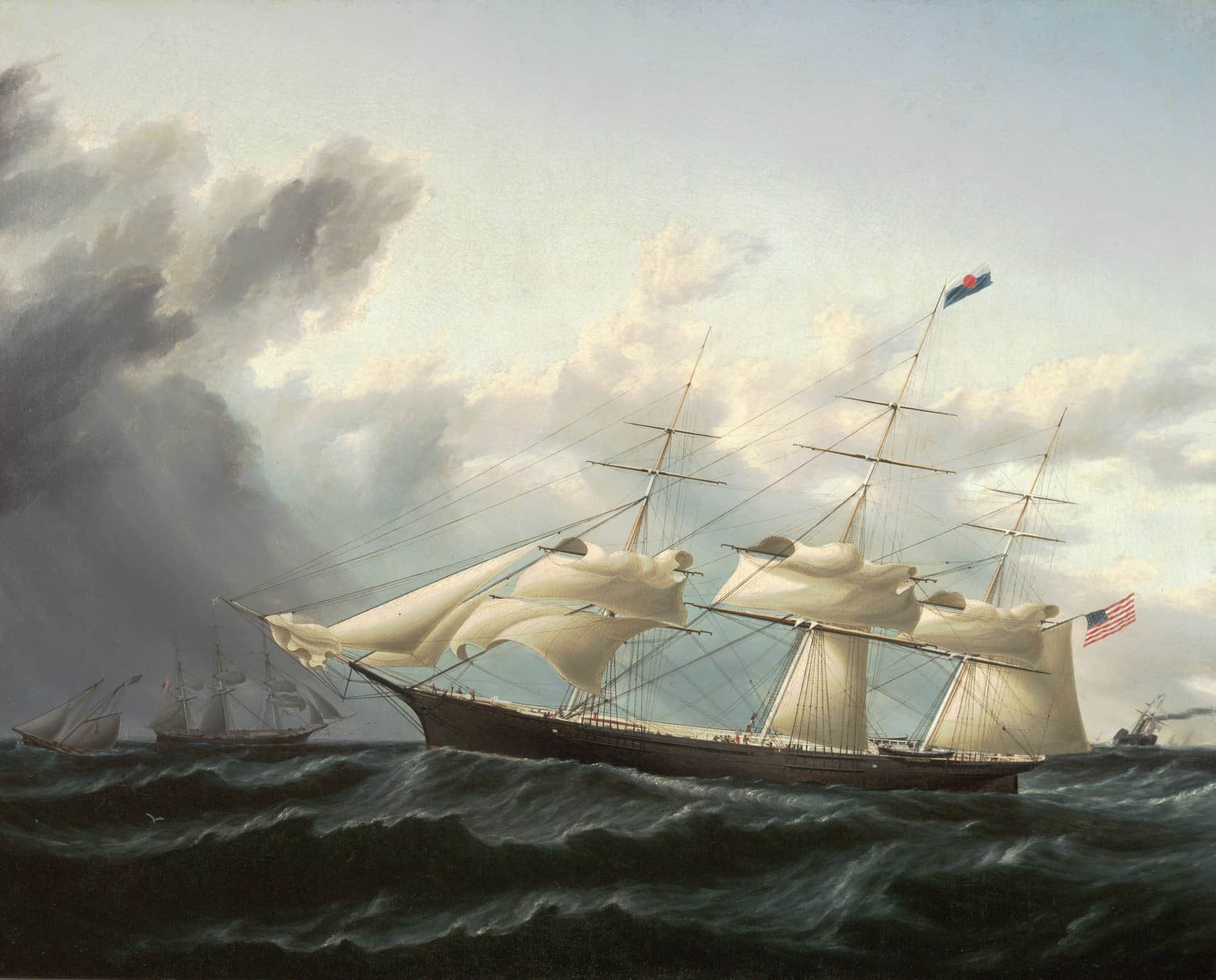
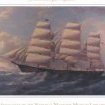


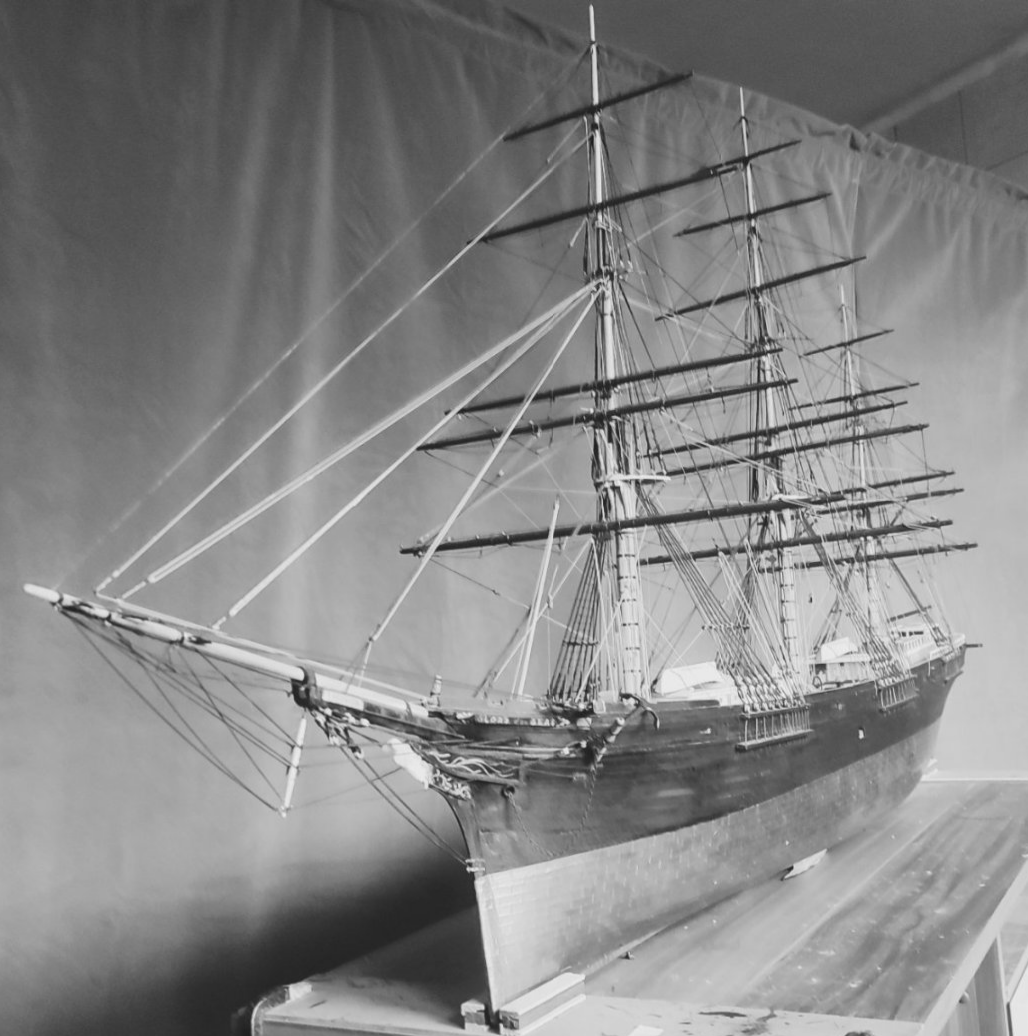
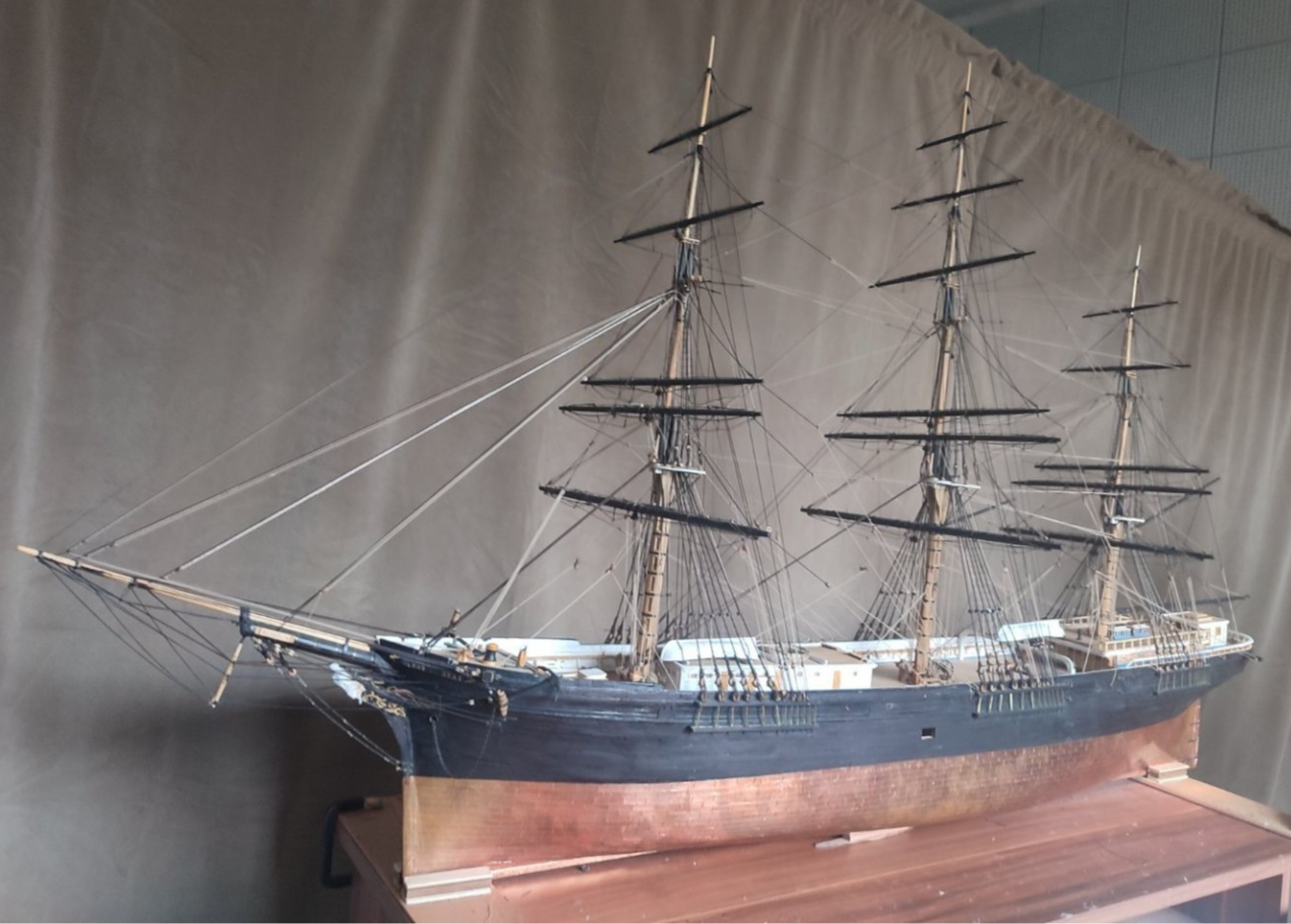
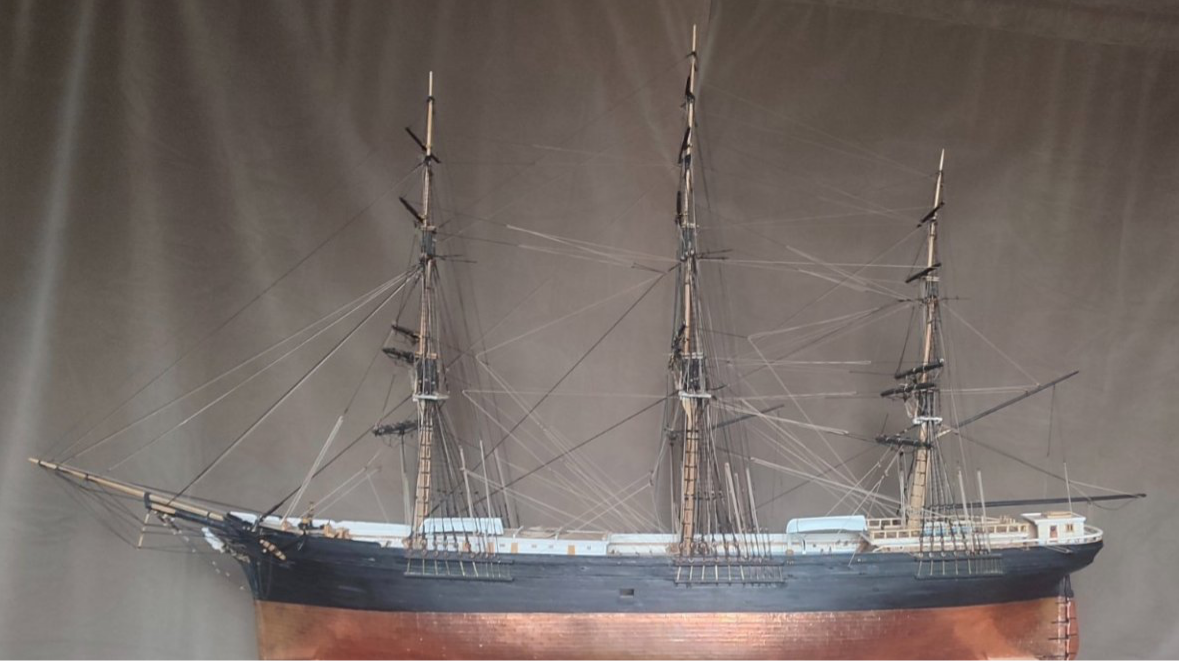
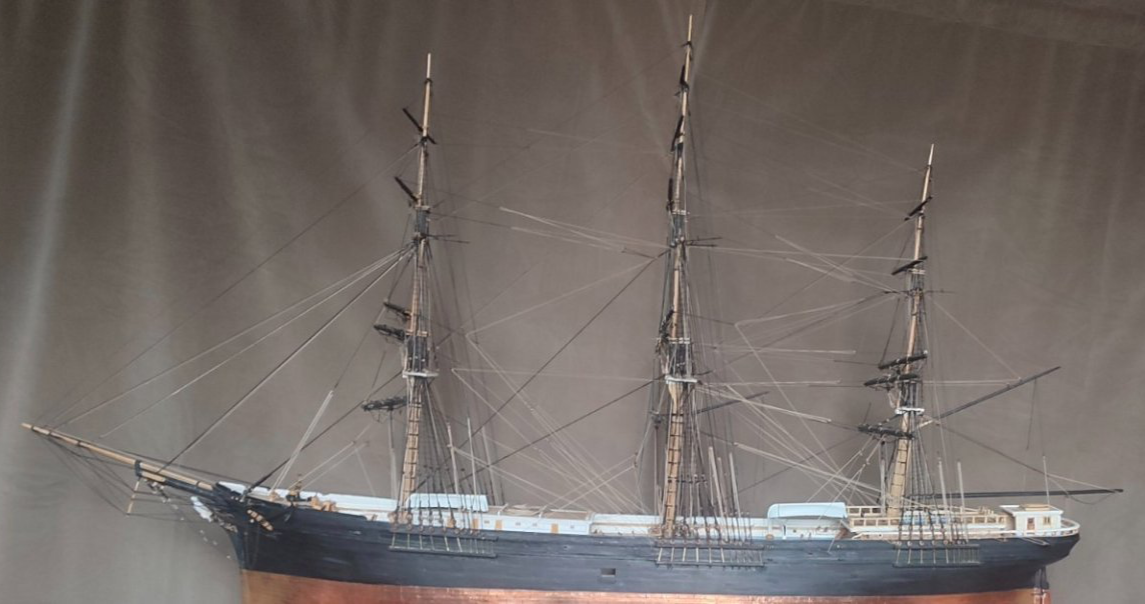

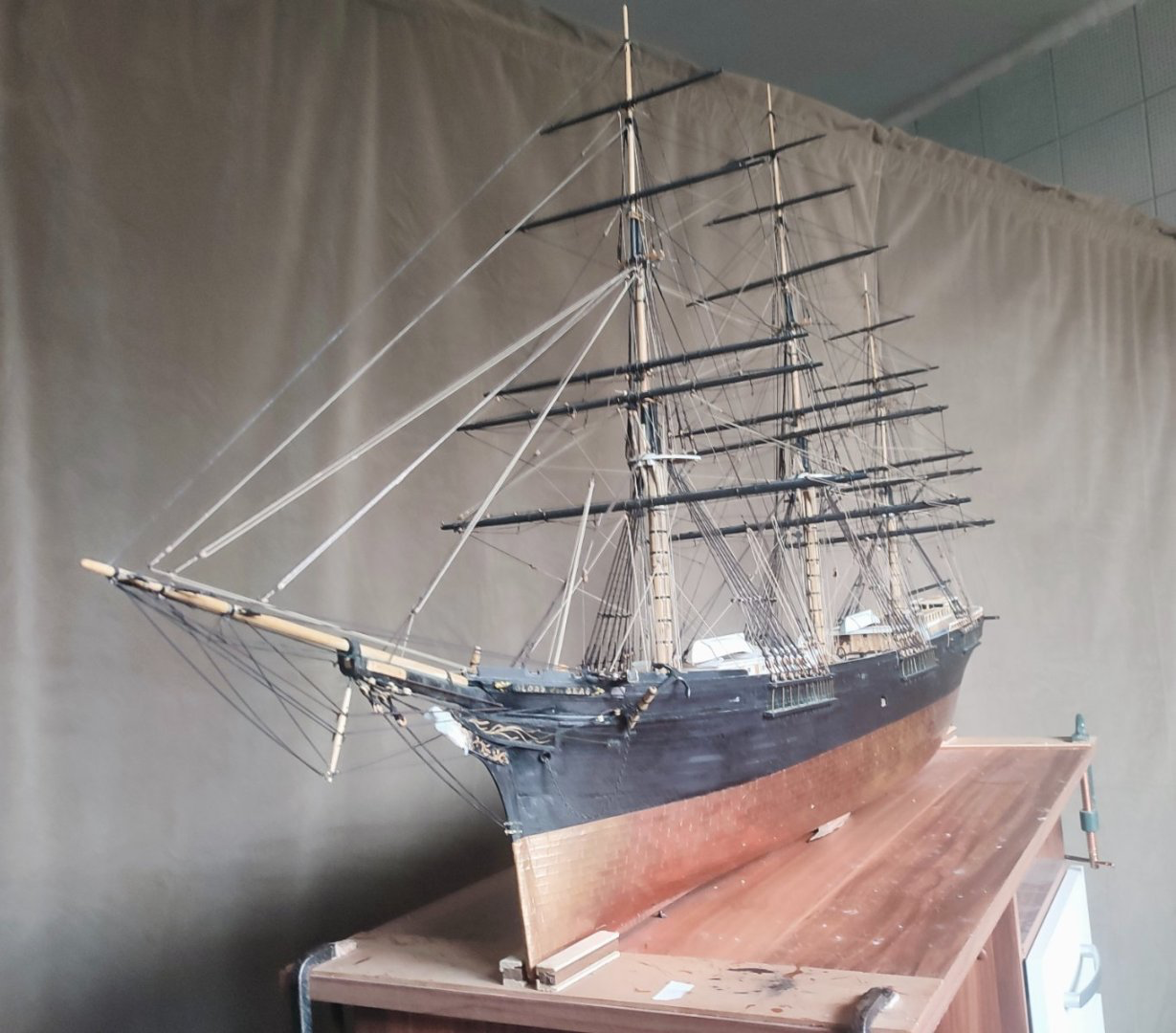
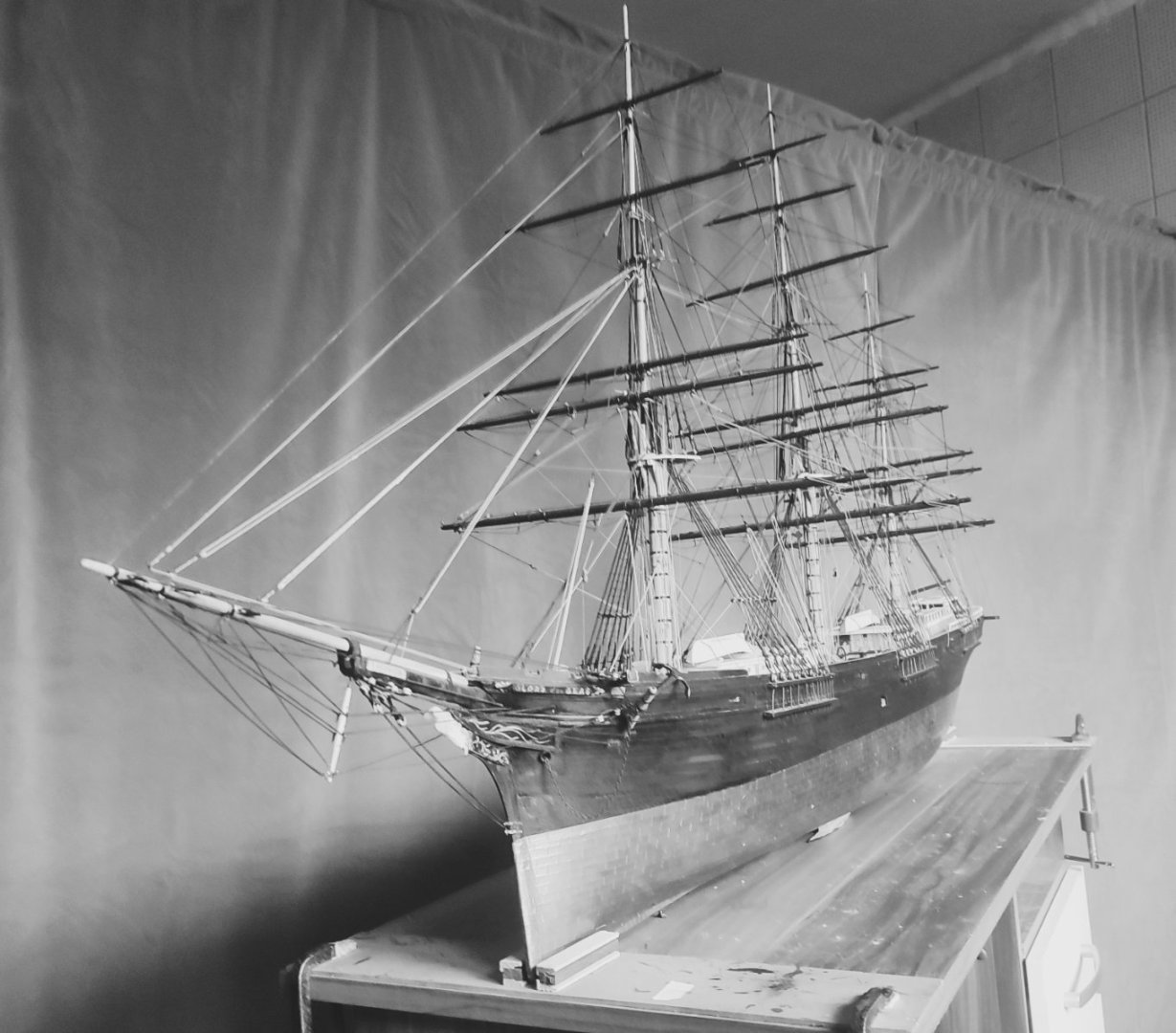
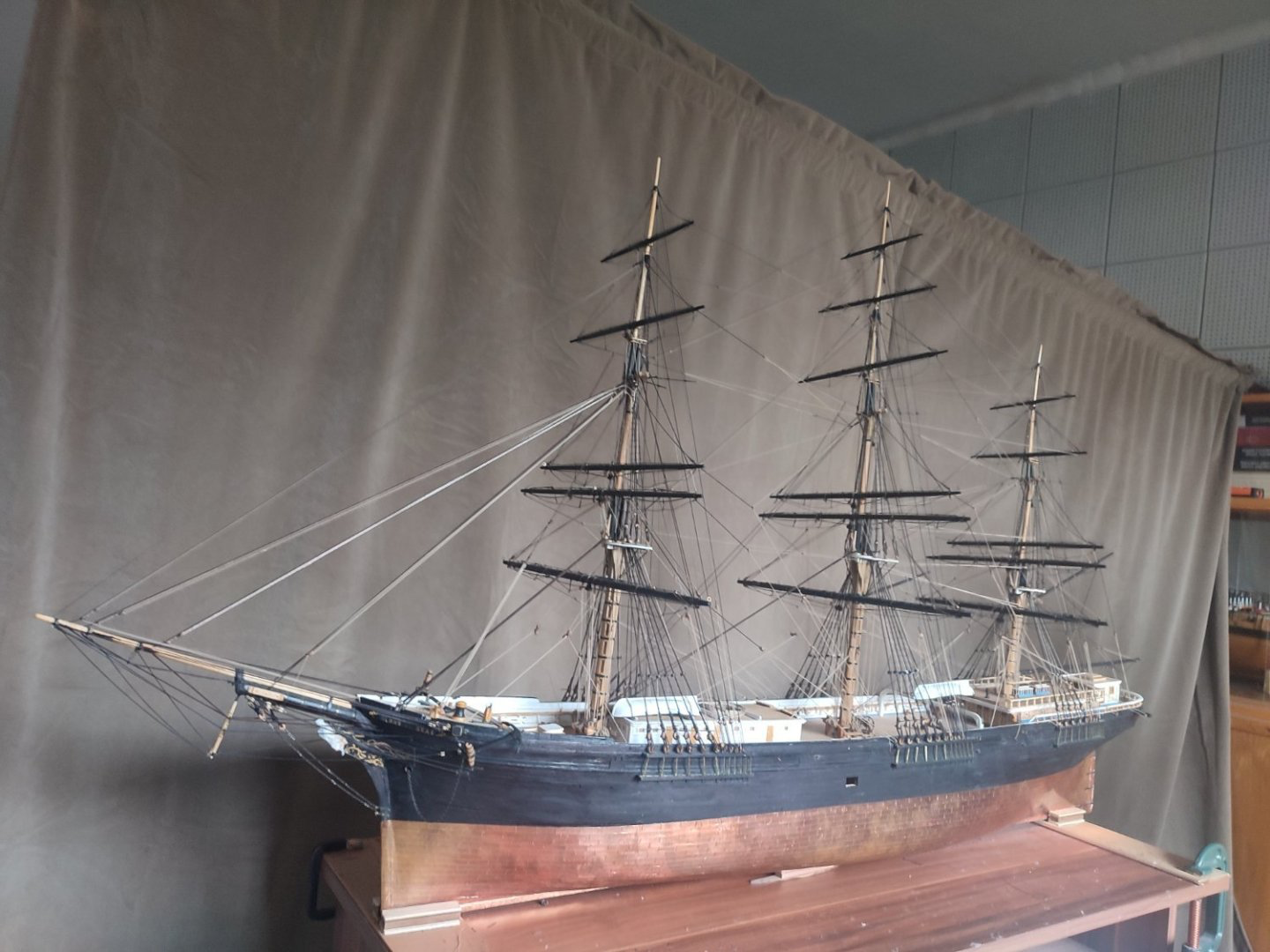
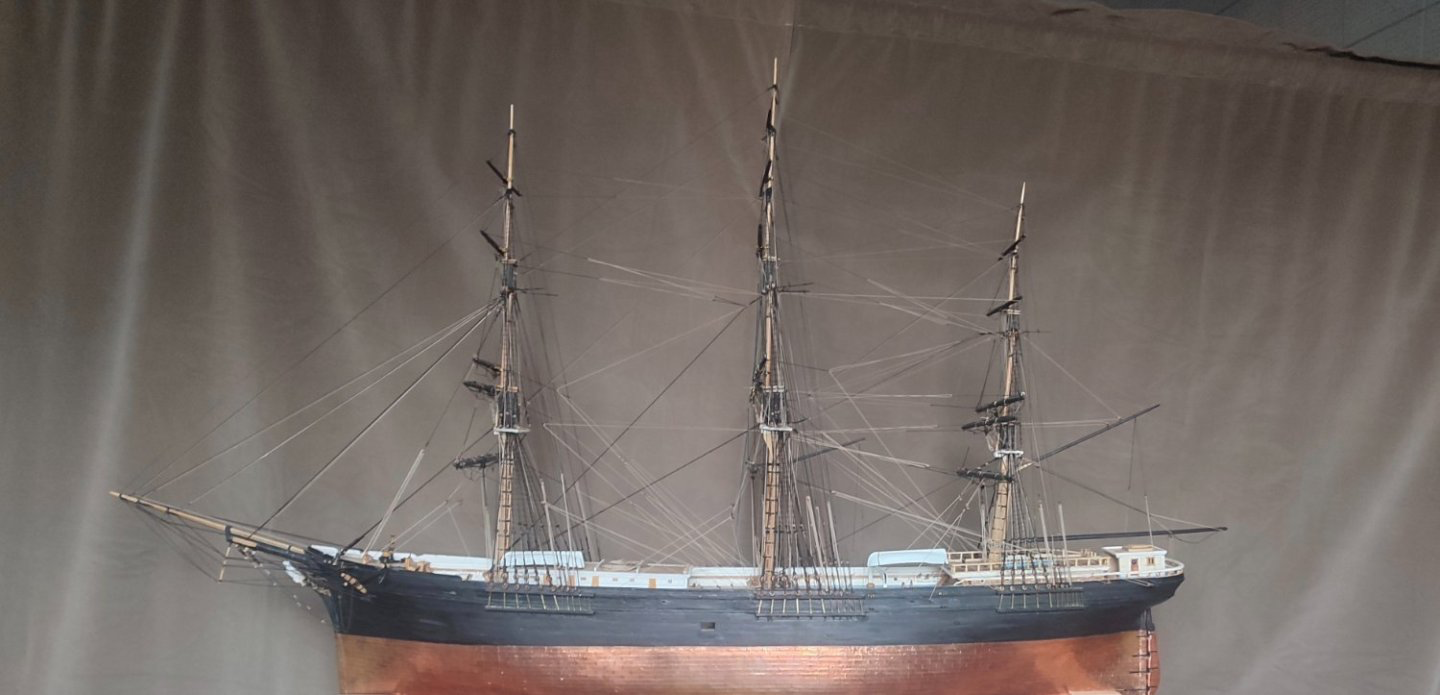
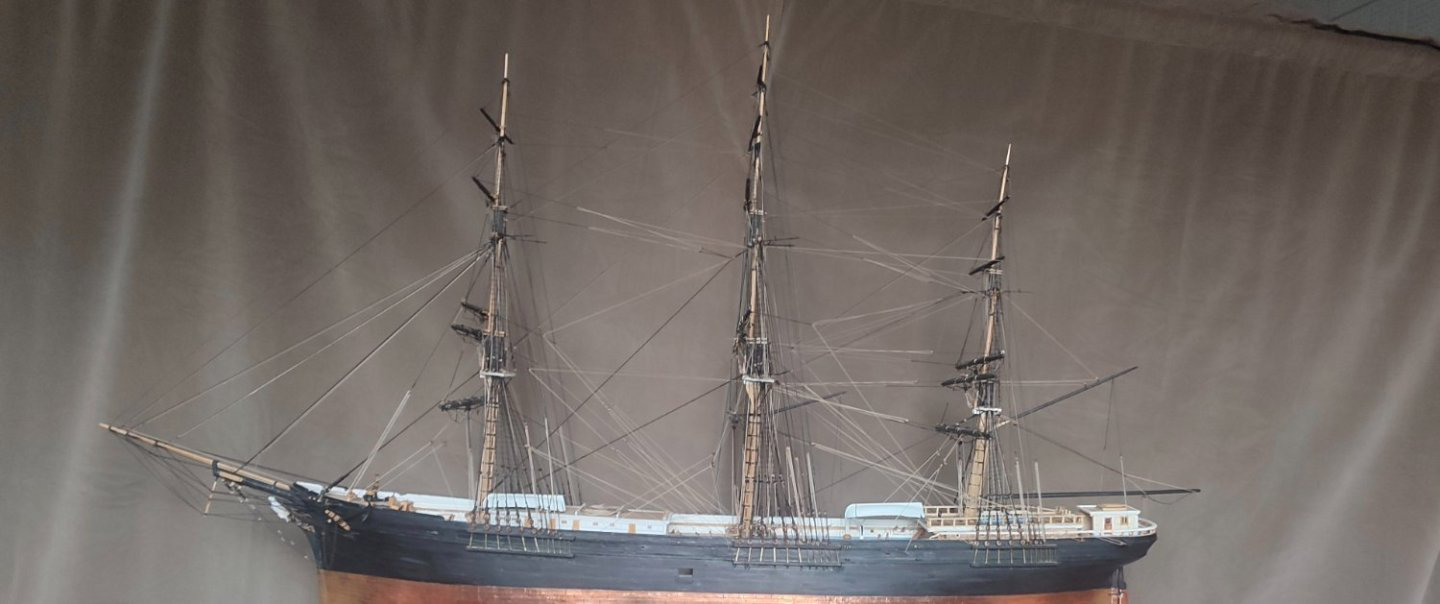
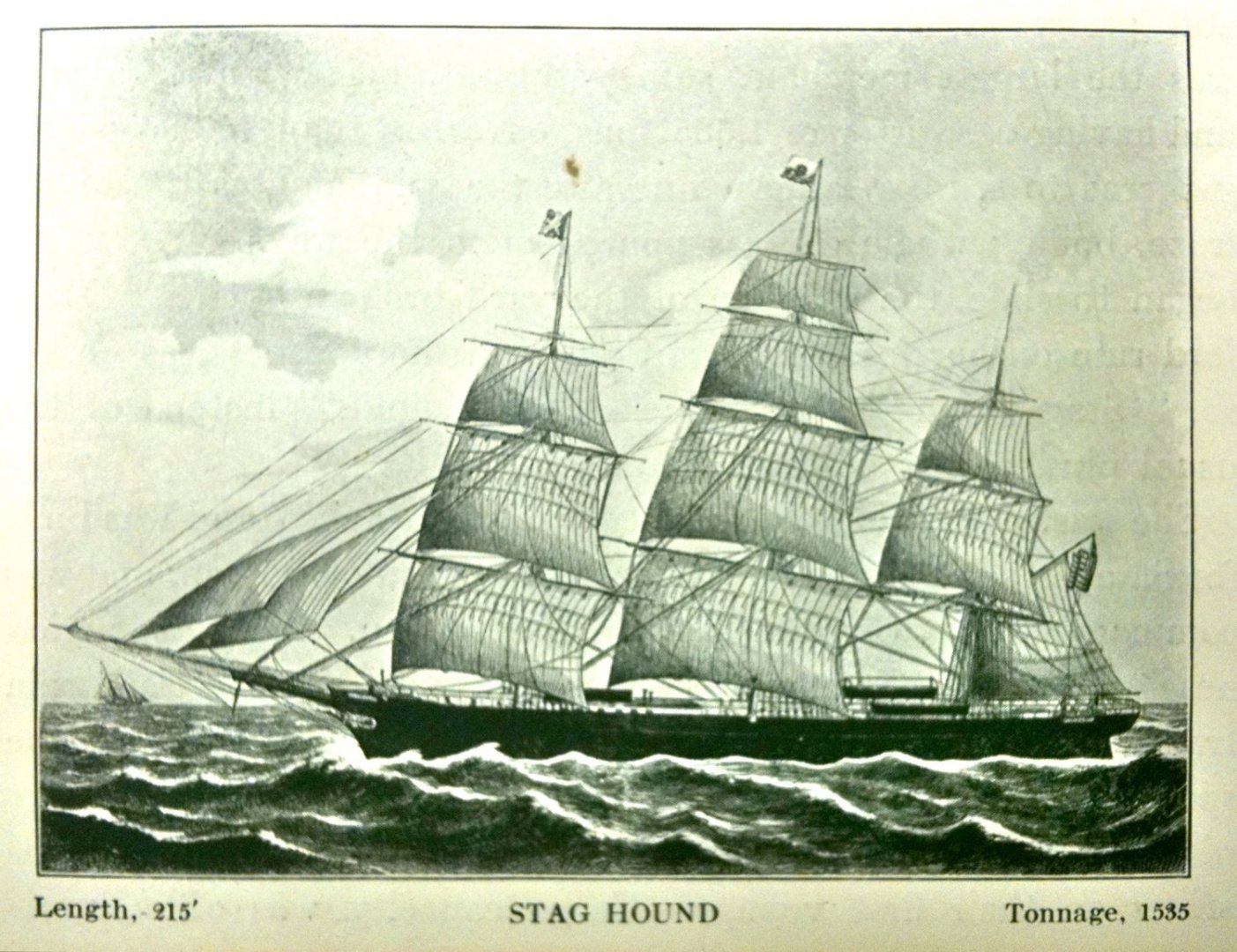
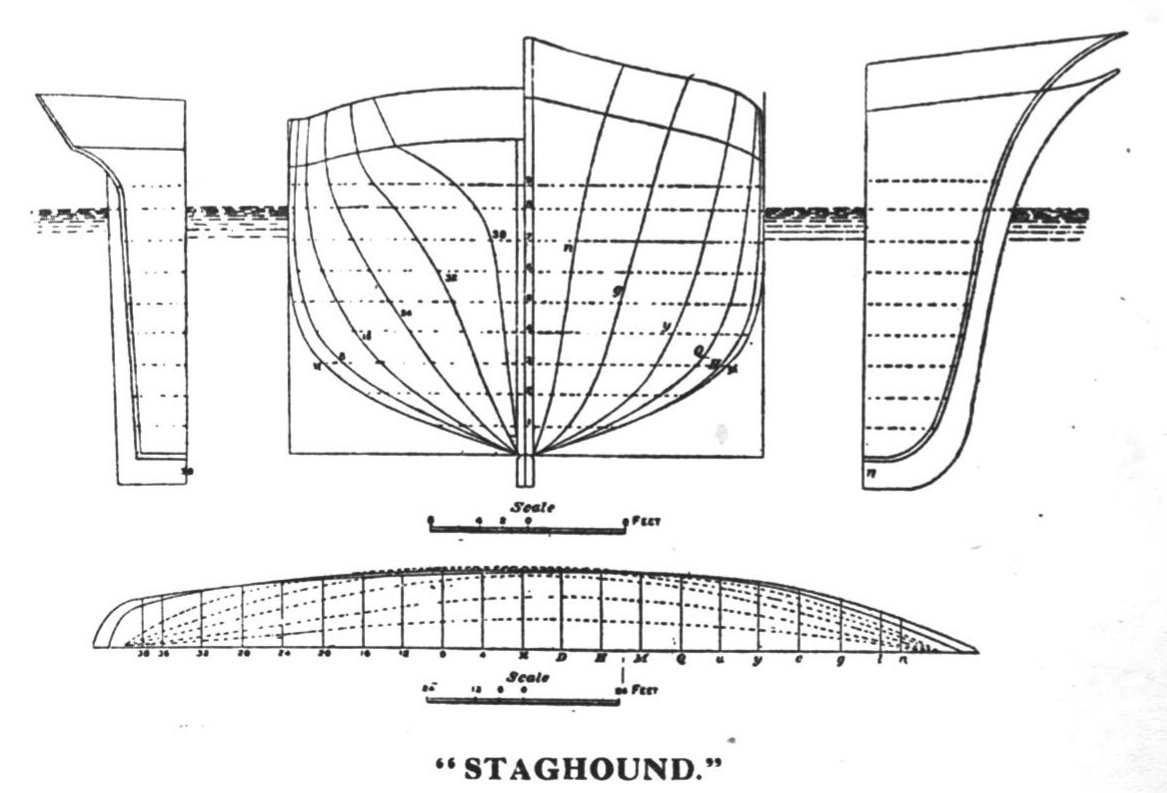
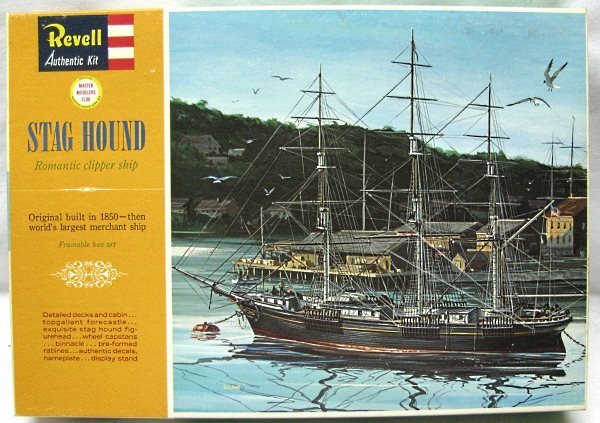
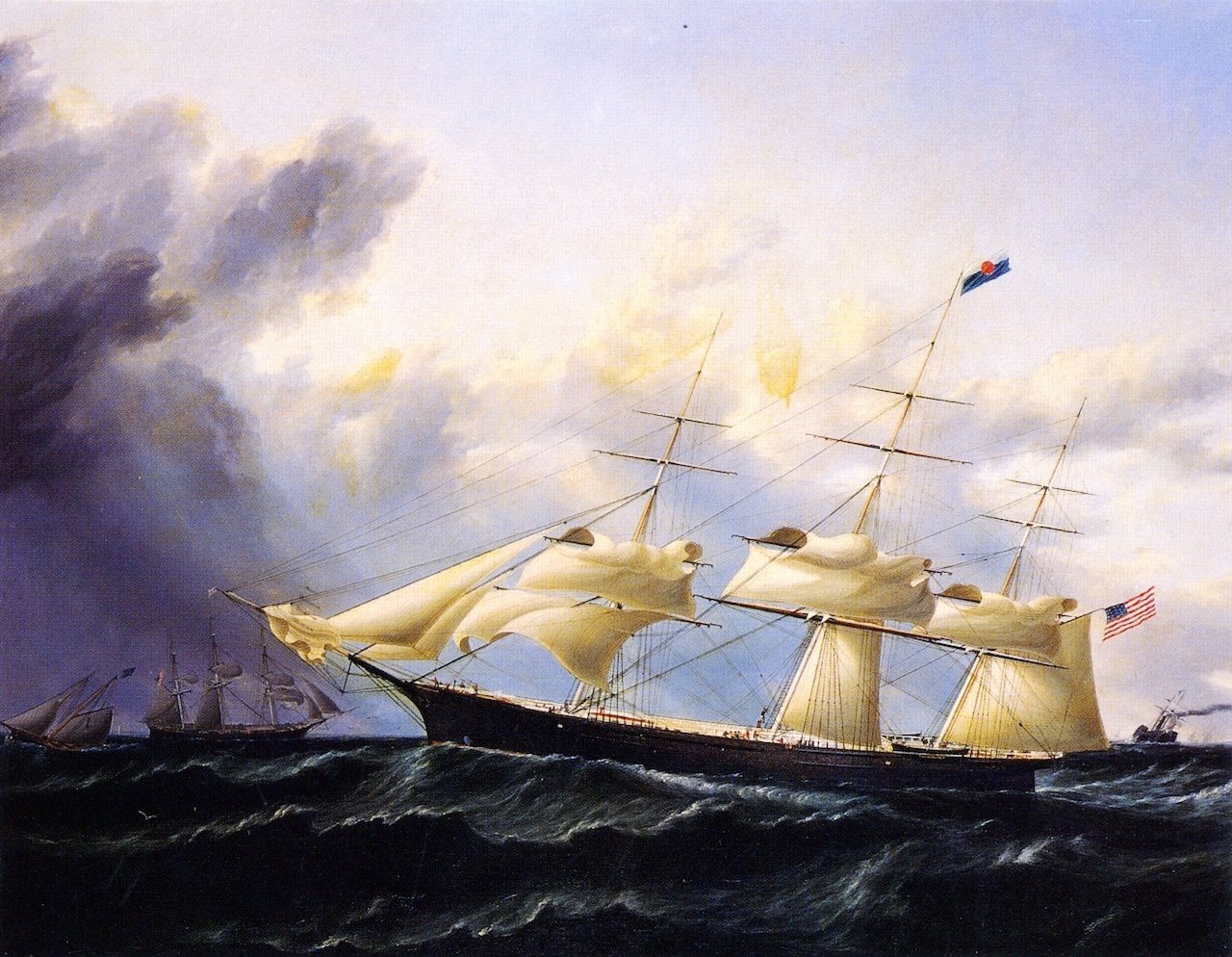
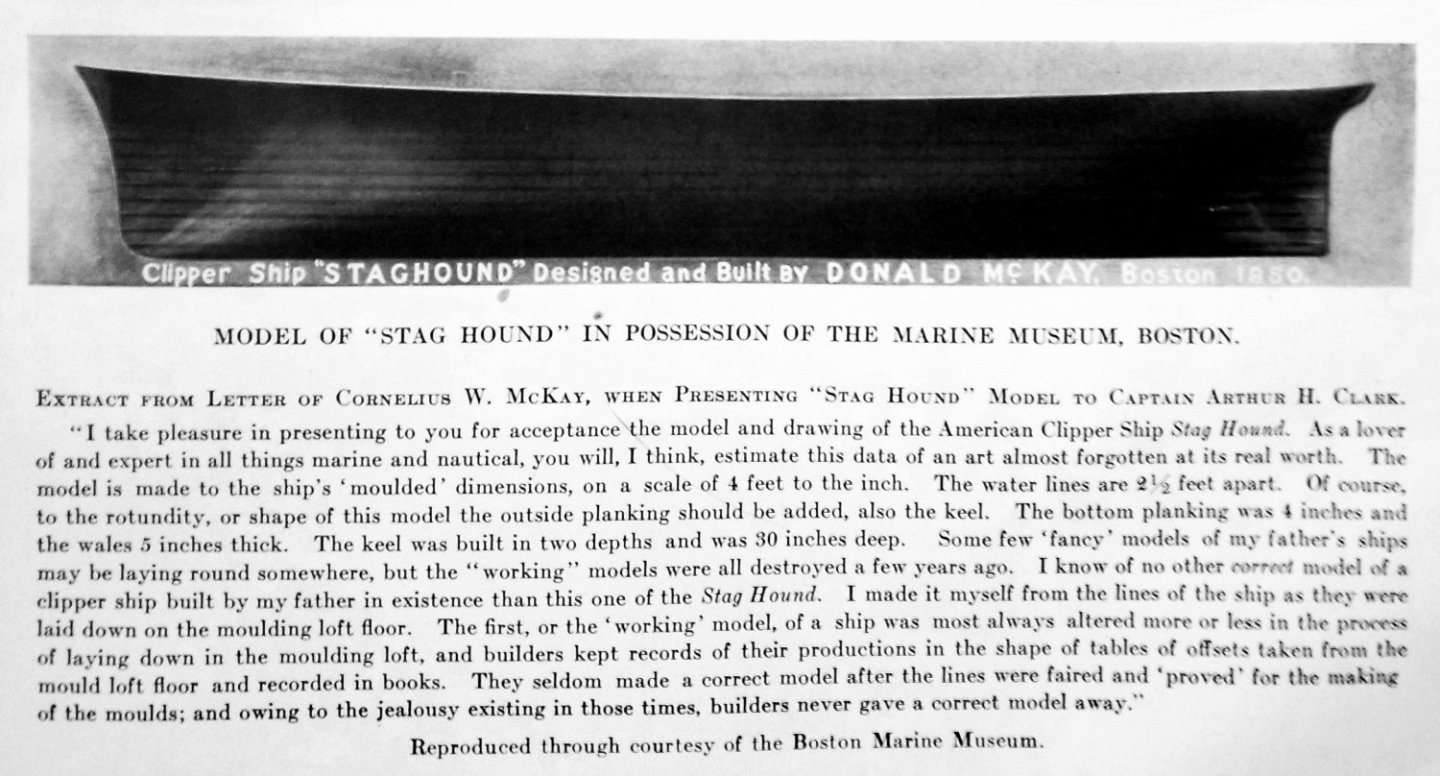
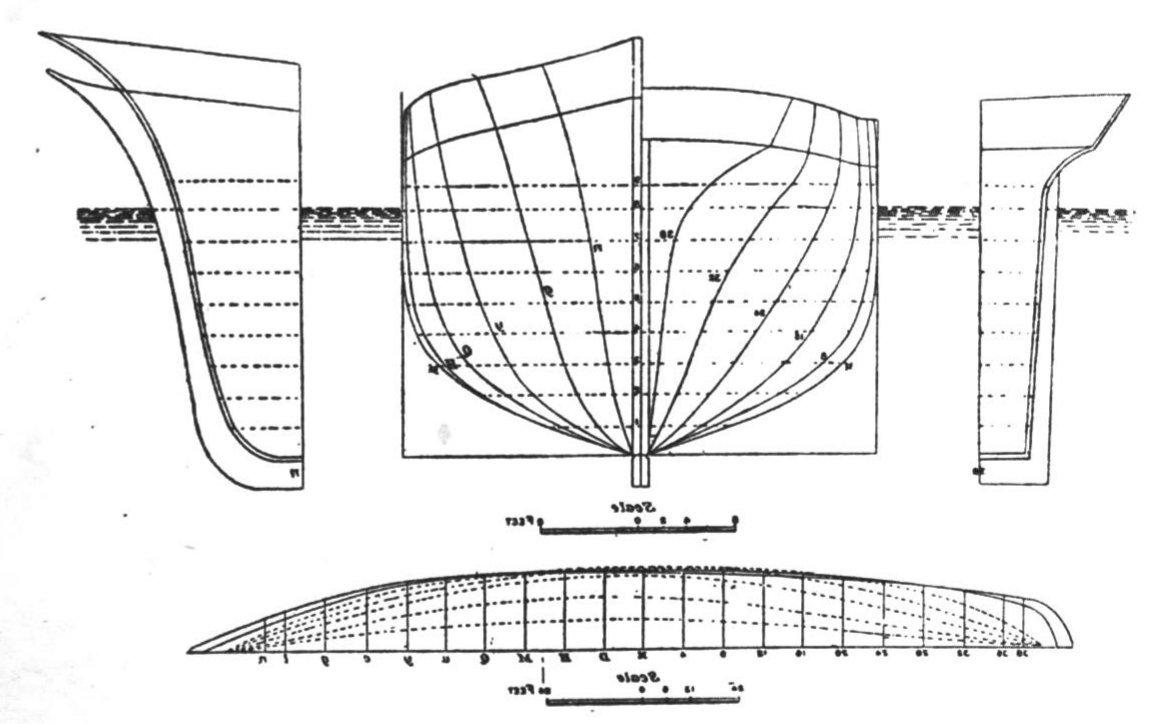
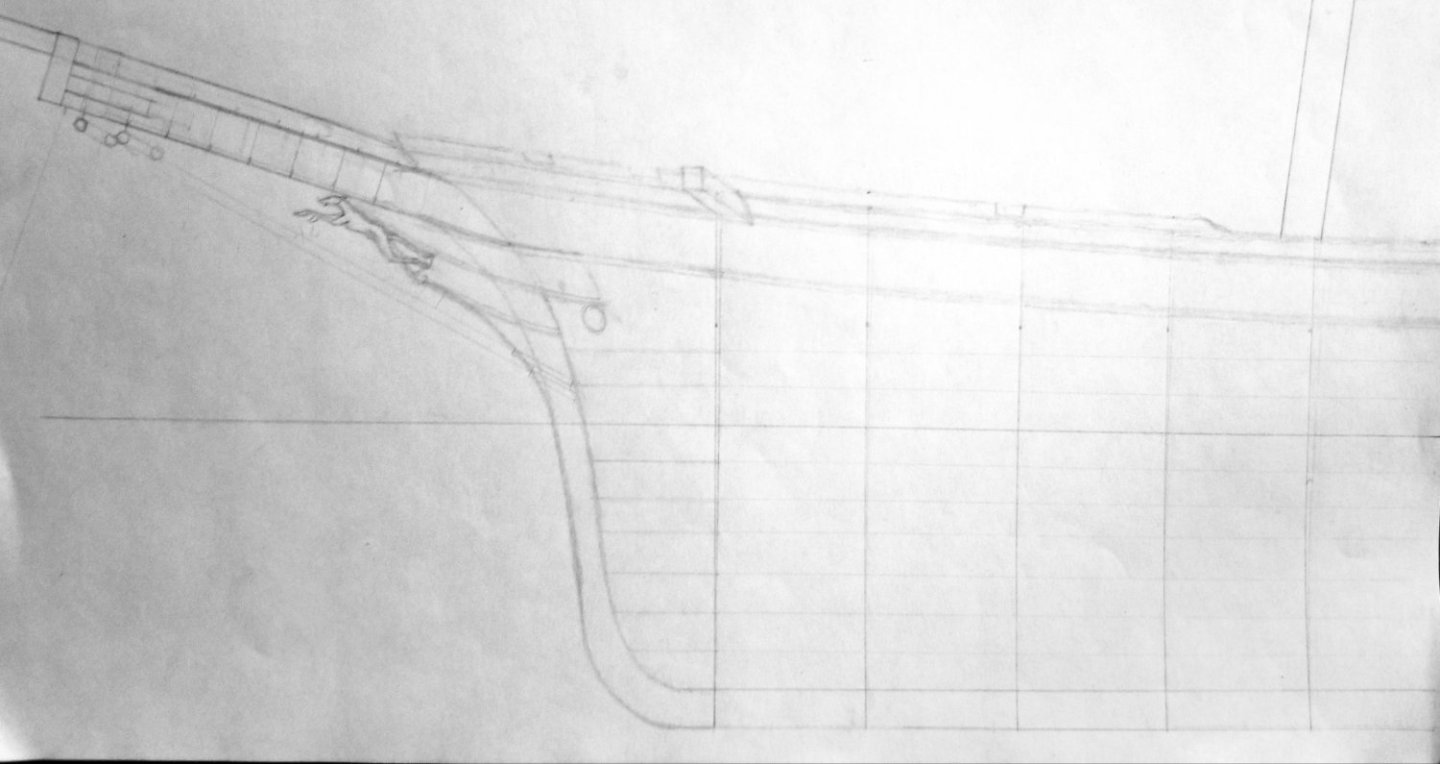
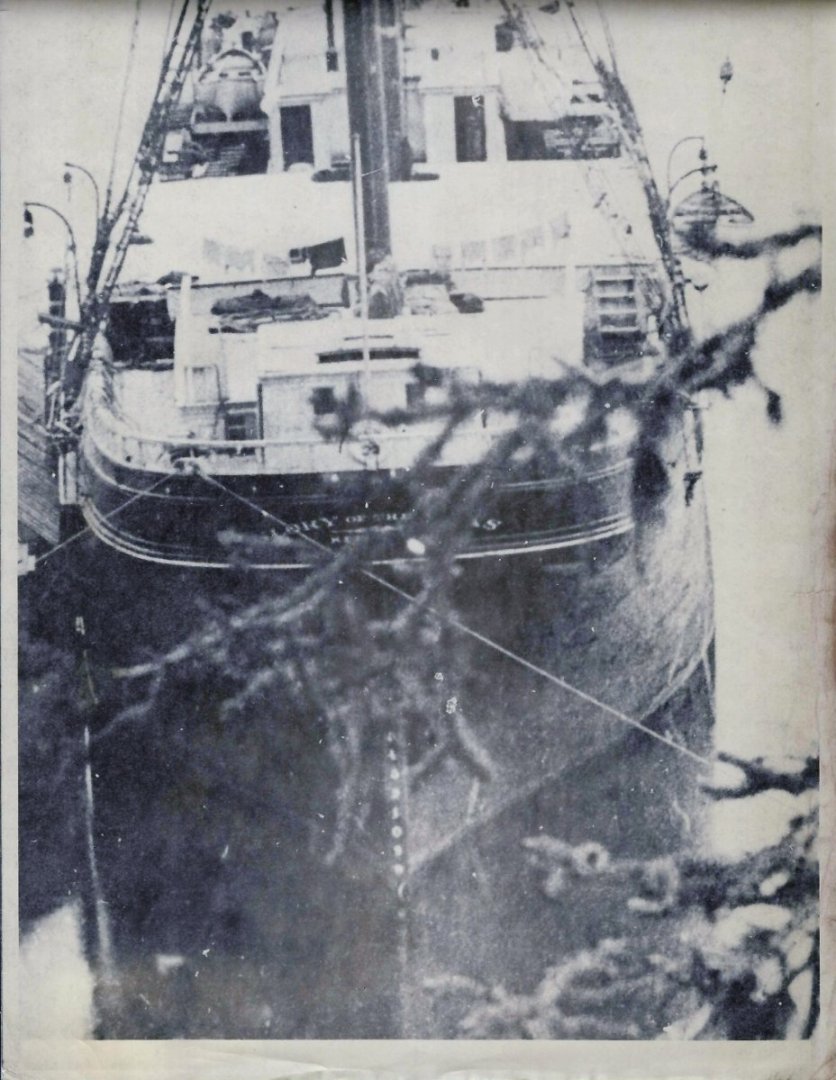
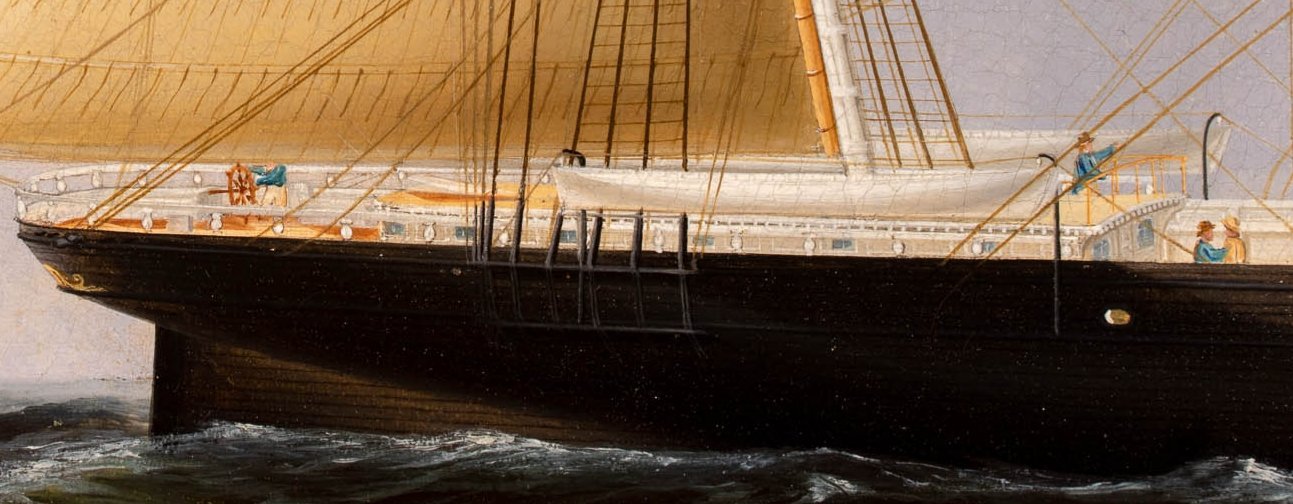
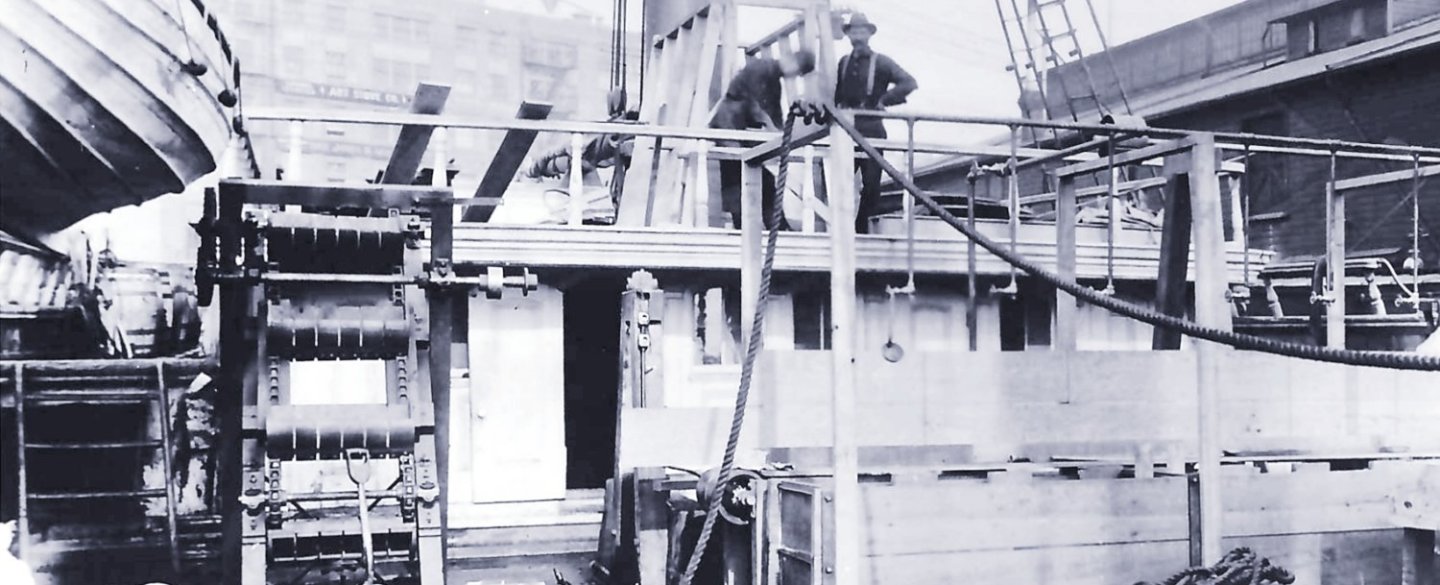
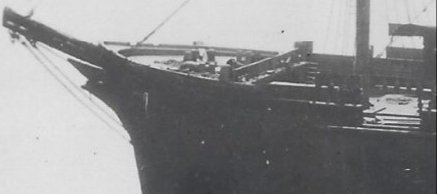
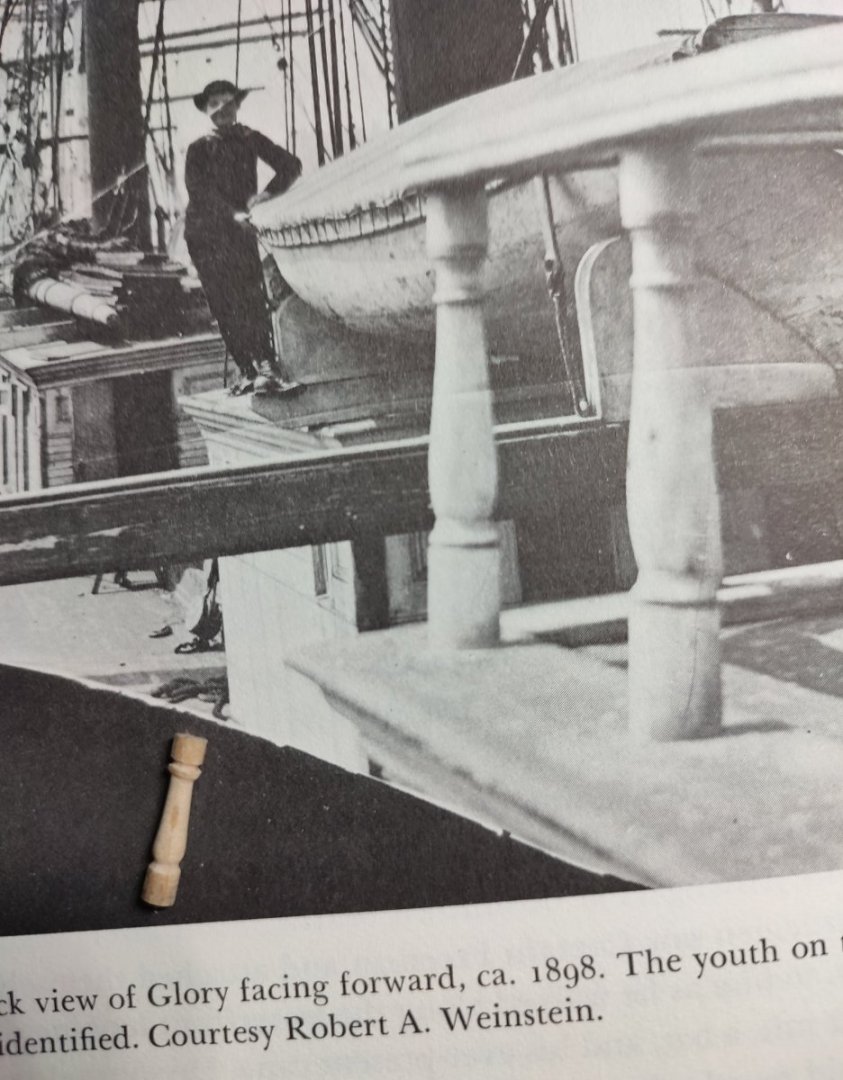
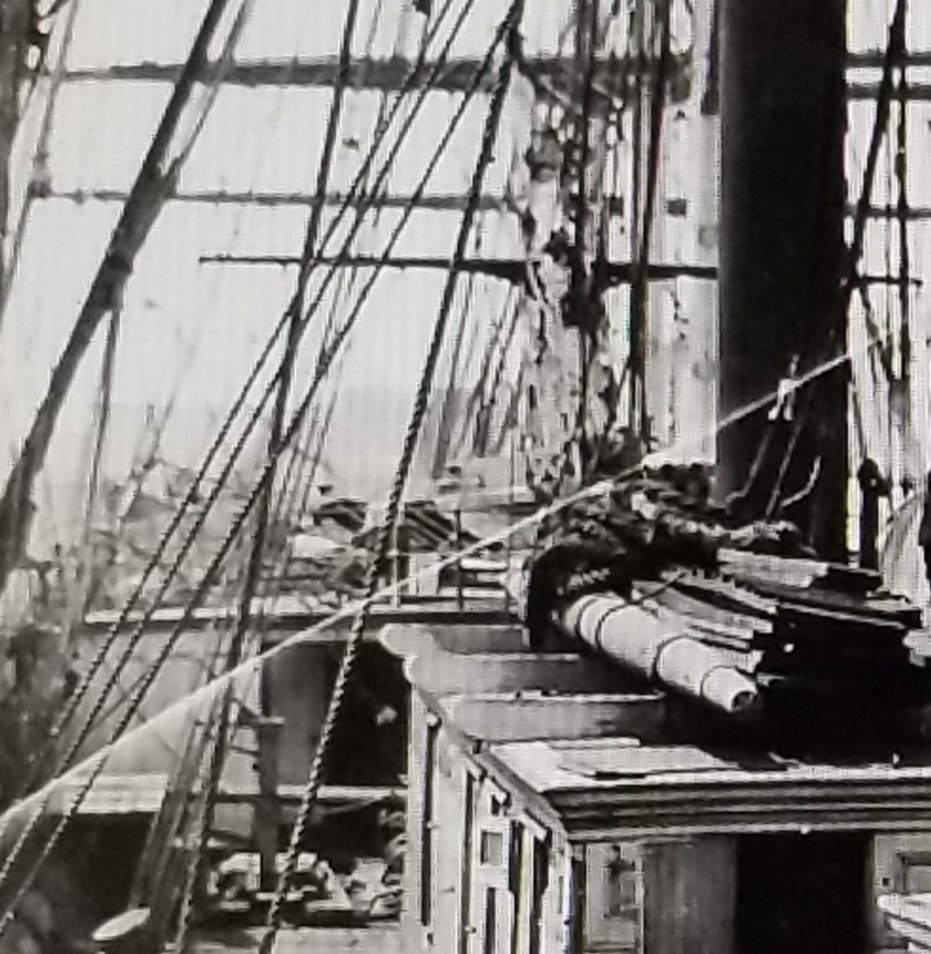
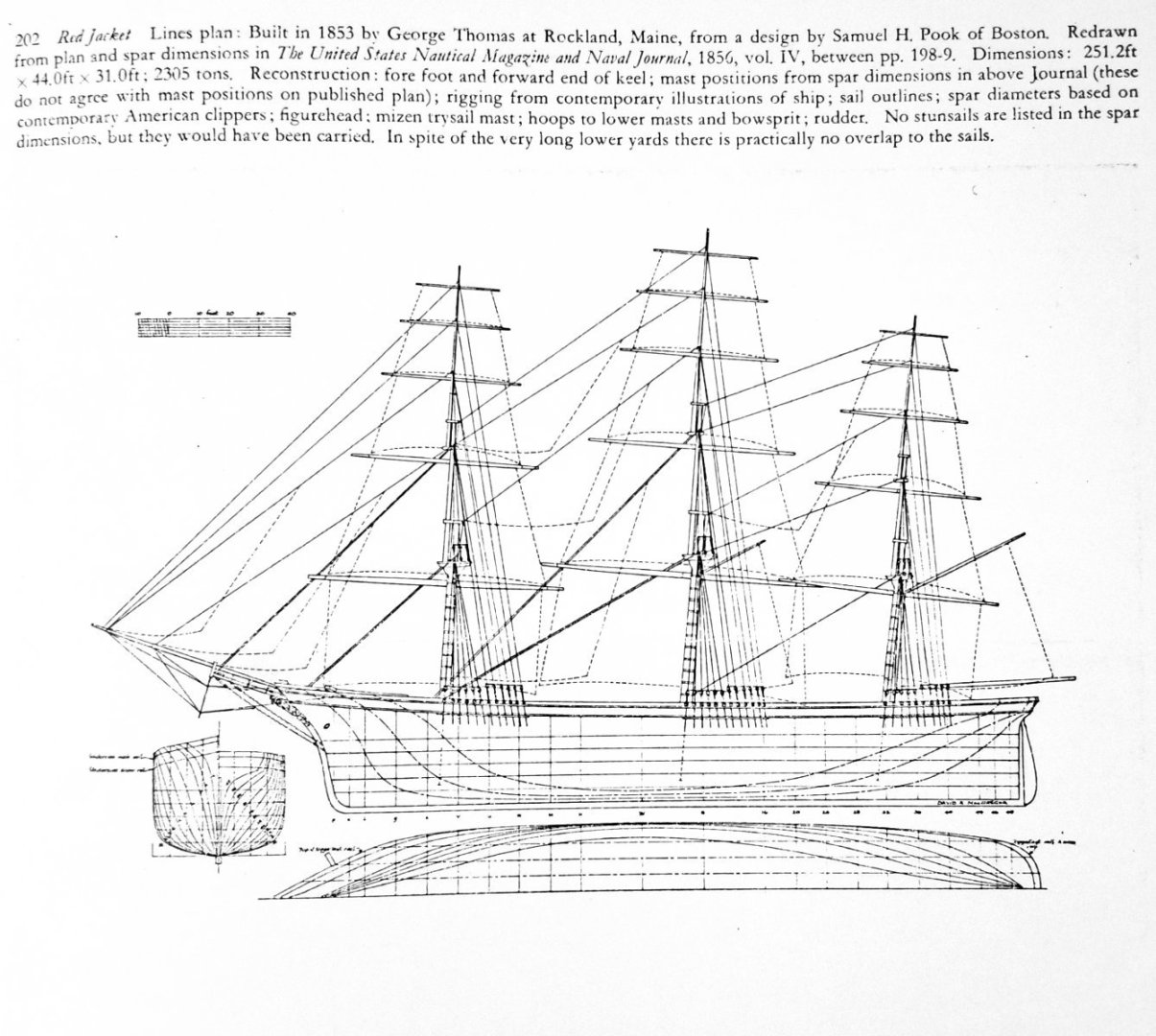
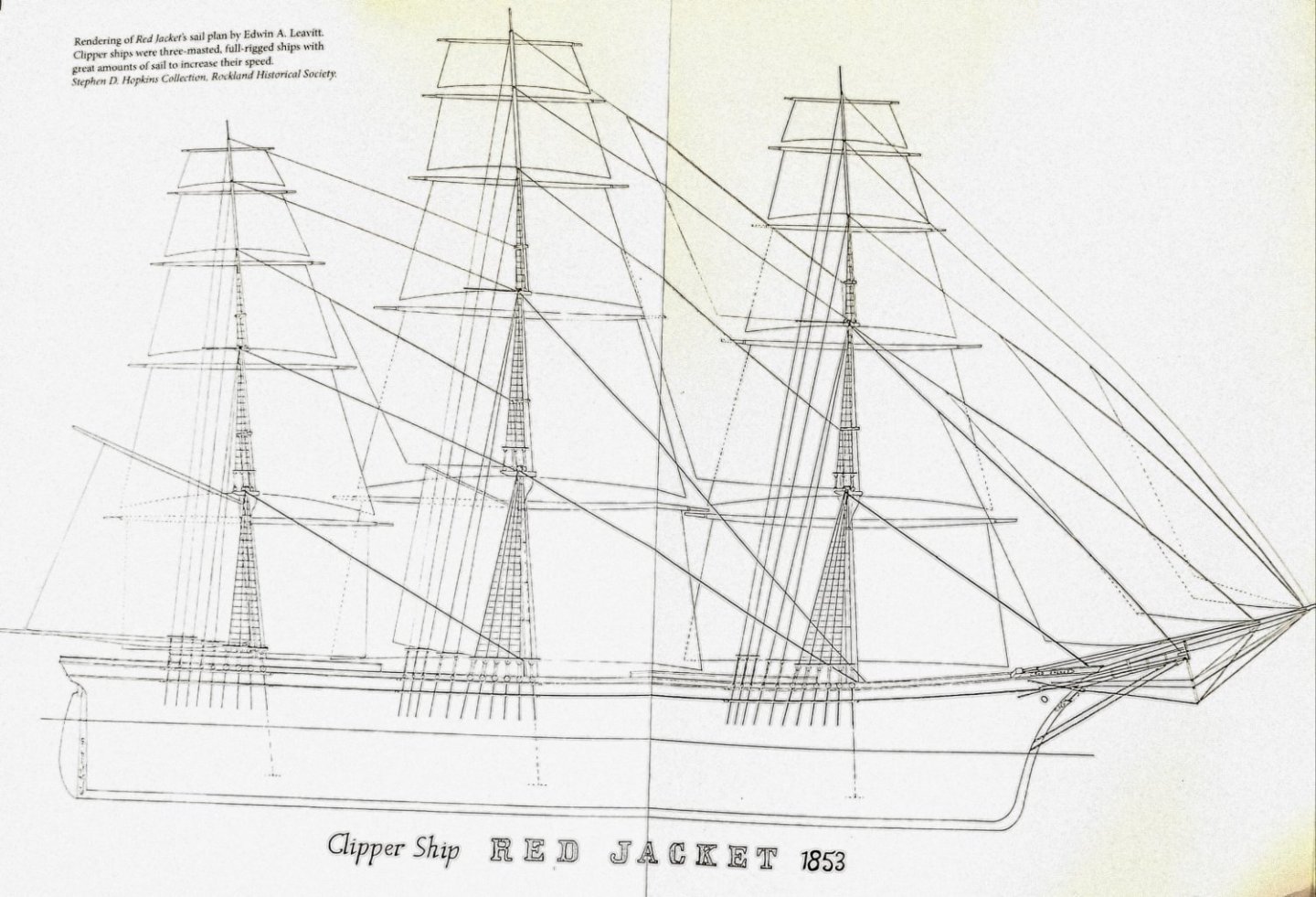
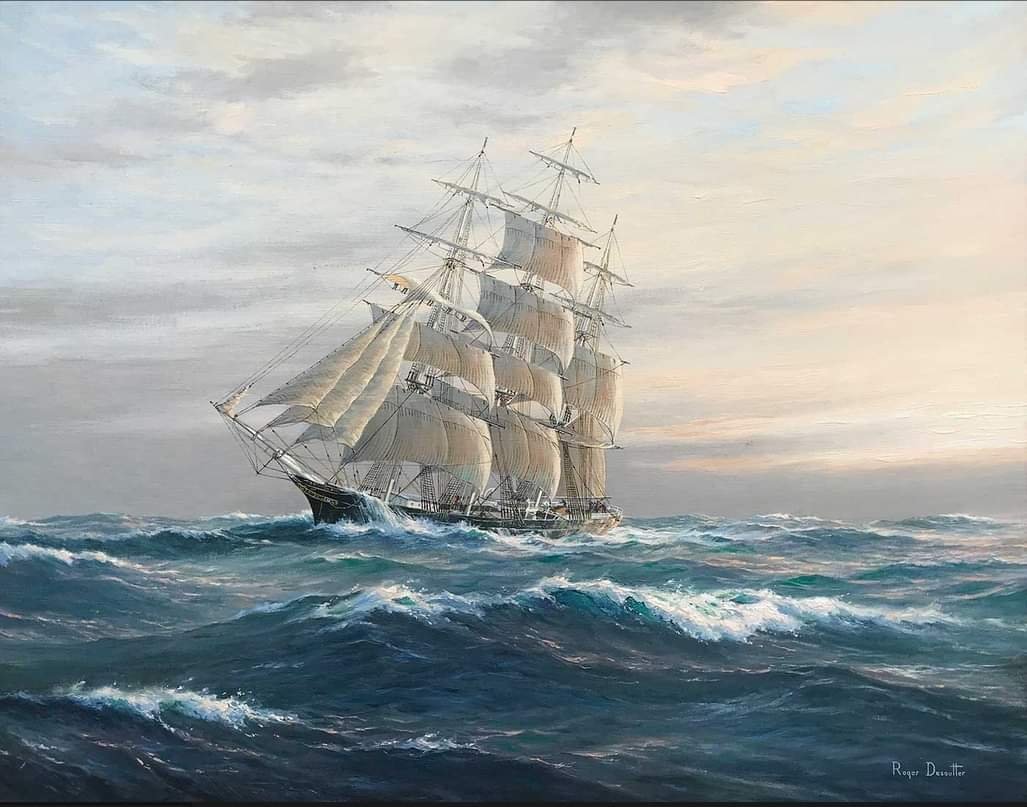
.jpg.4b36a062445c8351877b2c01dd5f694b.jpg)
